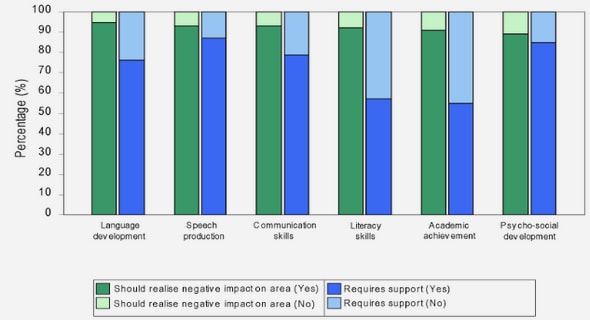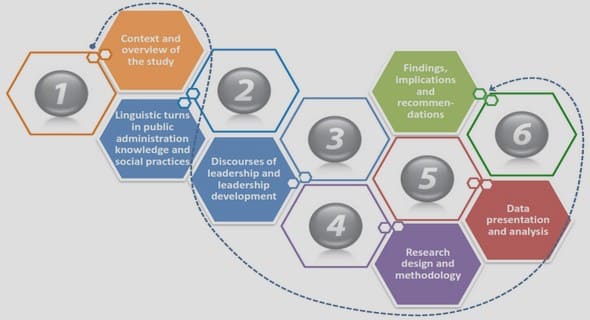Get Complete Project Material File(s) Now! »
Corporate reputation in a broader context
Much of the research executed on the concept of corporate reputation is connected to that of corporate identity and corporate image. Therefore, the following discussion about corporate identity will be used to introduce and give explanation to the concept of corporate reputation. Many studies have been made on corporate identity but still there exists ambiguous opinions regarding a proper definition of the concept (Moingeon & Soenen, 2002).
Fombrun (1996, p. 36) states that corporate identity “captures the commonly understood features that employees themselves use to categorise how a company approaches the work it does, the products it makes, and the customers and investors it serves.” Further, Fombrun (1996) discusses that the corporate identity derives from a company’s success and failures during its existence and is recognised by everyone through the name and the many presentations it makes to describe its actions, plans and intentions. These presentations are interpreted by everyone, more or less favourably, who forms images of the company in question. This (corporate) image may or may not be in line with the corporate identity or the many presentations from the company. Stakeholders and the public evaluate, rate, and discuss the images of the company. Fombrun (1996, p. 37) concludes, based on the American Heritage Dictionary’s definition of reputation, that corporate reputation is then the “overall estimation in which a company is held by its constituents.” It is the affective or emotional interpretation of customers, investors, employees, and the general public to a company’s name. Figure 1 describes the connection between corporate identity, image and reputation. In this study only the corporate reputation will be investigated.
Corporate reputation as a concept
The area of corporate reputation has interested marketing researchers for the last four decades. Many researchers have very similar concepts and definitions, but still there is no unambiguous, generally accepted definition of the concept (Gotsi & Wilson, 2001). Abratt (1989) suggests that part of the confusion arises from the fact that some academics have used the term corporate image and corporate identity interchangeably. In addition, the term corporate reputation and corporate image have been used as identical (Gotsi & Wilson, 2001).
The largest confusion in the research has been the issue of whether to separate corporate image and corporate reputation or to use the terms interchangeably. Another issue that differs among researchers is the perspective of whom the subject of the matter regards, meaning; whom it is that has the perception in question. Some researchers state that it is an external audience (Ind, 1997; Moingeon & Soenen, 2002) or outside members (Dutton, Dukerich, & Harquail, 1994) that are in focus. Additionally, some authors use more broad terms, such as stakeholders (Gotsi & Wilson, 2001; Davies, Chun, Silva, & Roper, 2003), implying that it may also include the perceptions of members inside the organisation.
Dutton et al. (1994) argue that corporate reputation represents outside members’ perception of corporate image, based on his own conceptual framework. Ind (1997) does not differ between corporate image and corporate reputation and suggests that it is “the picture that an audience has of an organisation through the accumulation of all received messages”. In this study one external stakeholder group will be in focus, namely graduating students.
As stated earlier, one of the major issues that differ in the research is the view of corporate reputation and corporate image (Gotsi & Wilson, 2001). These concepts have been described as identical, totally separated, or as interrelated phenomenon. Gotsi & Wilson (2001) merge marketing researchers broadly into two dominant schools of thought. The first views corporate reputation as synonymous with corporate image. The second school of thought, which is also more recent, considers the two concepts as different. A majority of the researchers, however, regard the concepts as interrelated.
1 Introduction
1.1 Background
1.2 Problem discussion
1.3 Purpose
2 Frame of Reference
2.1 Corporate reputation in a broader context
2.2 Corporate reputation as a concept
3 Method
3.1 Research approach
3.2 How to measure corporate reputation
3.3 Sample selection
3.4 Psychometrics
3.5 Choice of data collection
3.6 Generalisability
3.7 Reliability
3.8 Validity.
3.9 Analysing data
4 Results and Analysis.
4.1 The Reputation Quotient
5 Conclusion
6 Discussion.
6.1.1 Limitations
6.1.2 Implications
6.1.3 Further Research
References
Appendices
GET THE COMPLETE PROJECT
How graduat ing students perceive the staf f ing and recrui tment indust ry


